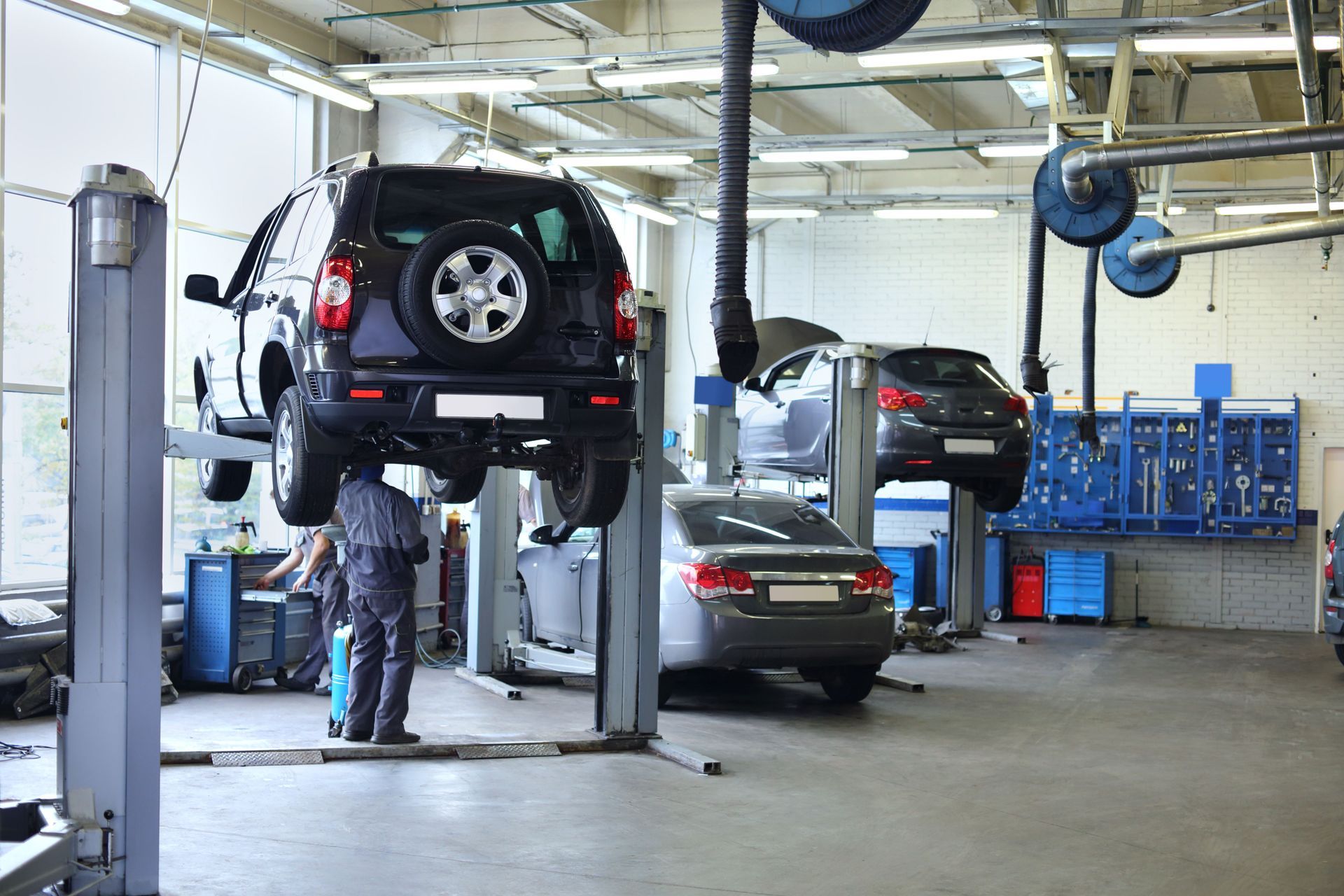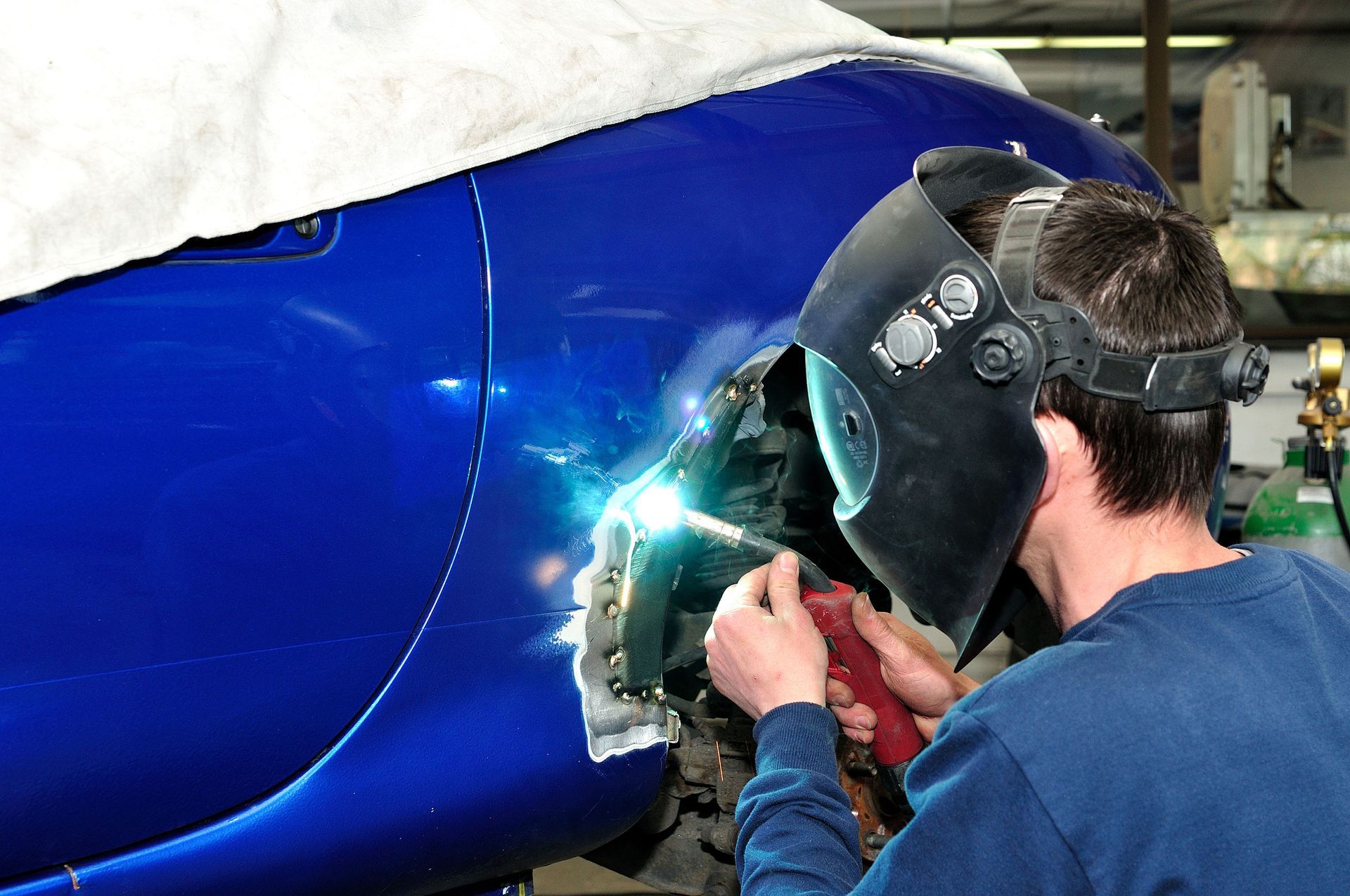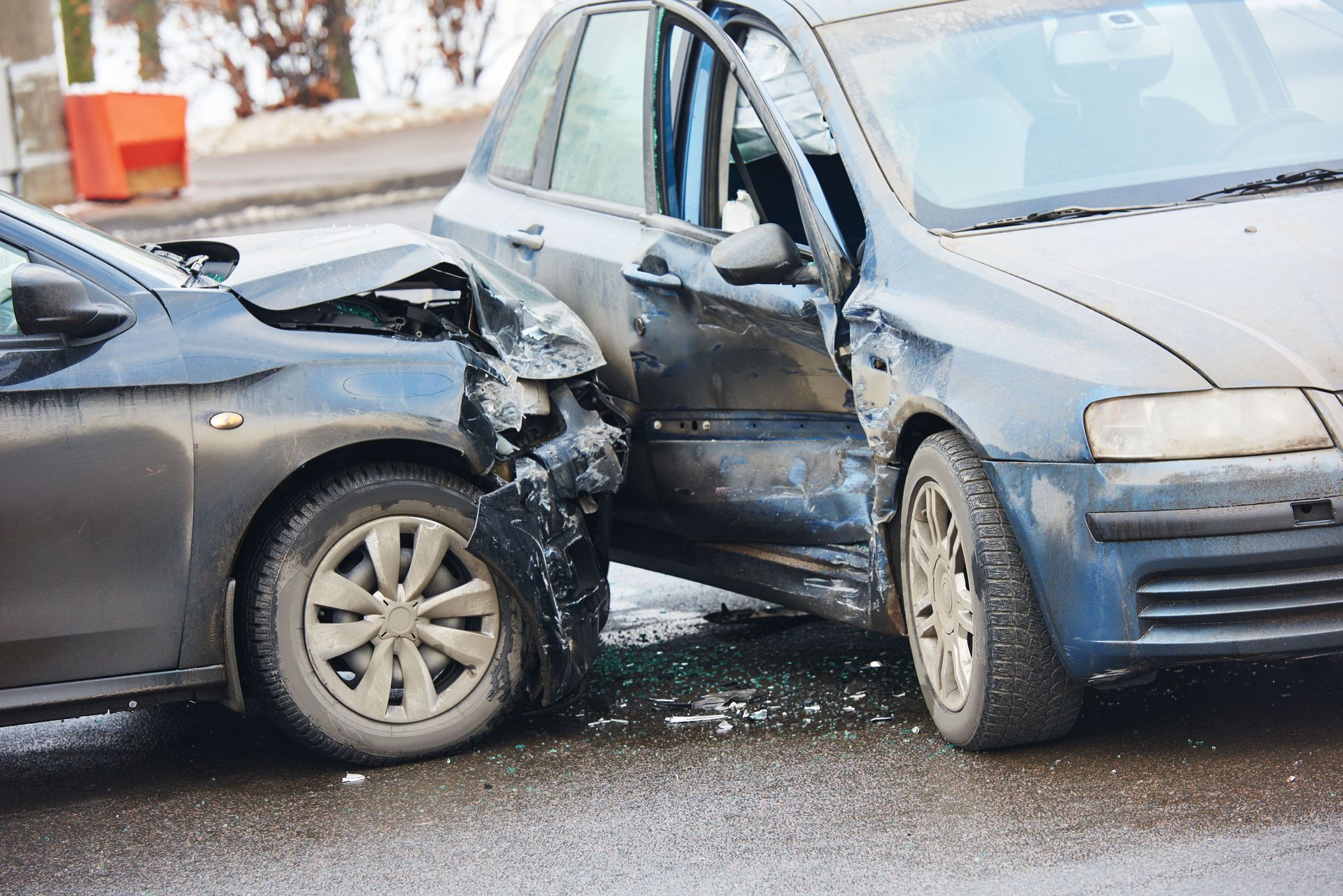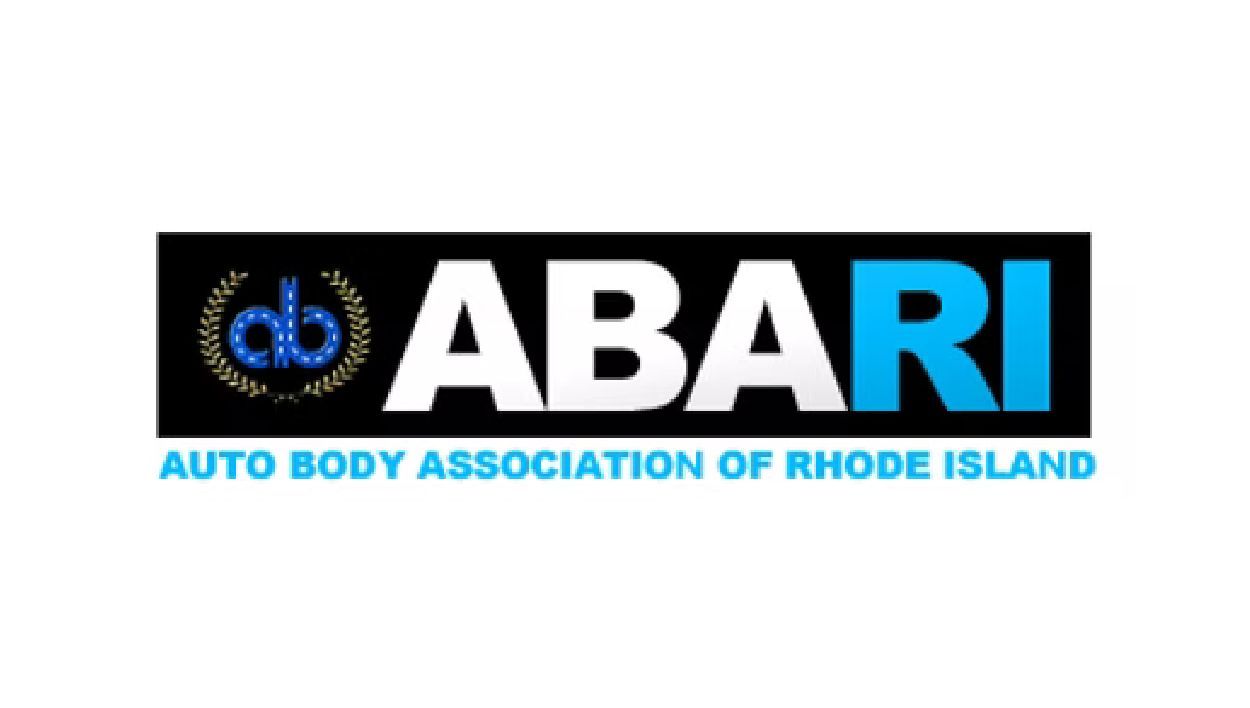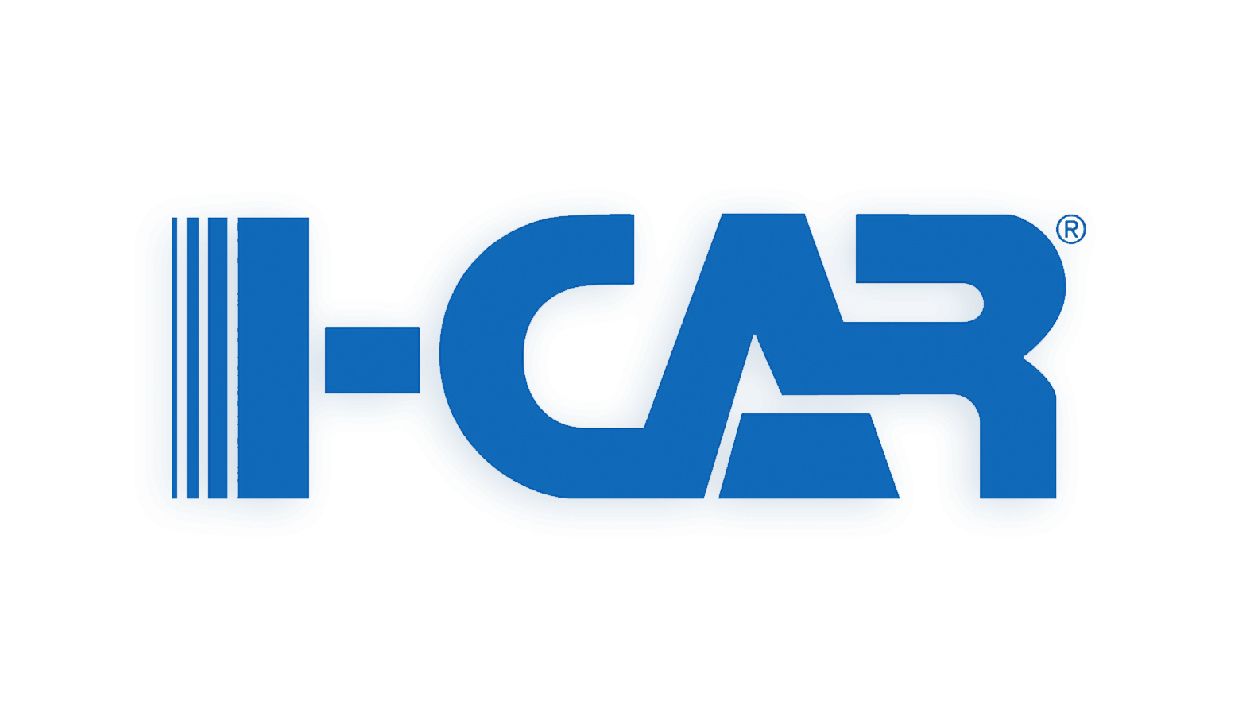May 27, 2024
Collision damage varies widely, mirroring the unpredictable nature of accidents. It could range from mere scratches to major damages that affect essential parts like headlights, grills, or even the engine. While forward-collision damage is most common, each incident is as different as its aftermath. The repair process, though daunting at first glance, follows clear steps that can be easily navigated when understood properly. To conquer this beast, understanding is your best weapon.
Navigating different levels of collision damage involves assessing the extent of front-end, rear-end, and side-impact collisions. This could include addressing damages to components such as headlights, grills, hoods, suspension systems, bumpers, lights, trunks, door panels, and associated drivetrain issues. Understanding these distinctions is crucial for planning repairs and working with insurance providers to ensure accurate coverage.
Types of Collision Damage
When we talk about collision damage, it’s more than just a car crash. It’s the result of forces at play that can affect different parts of your car in distinct ways. Whether it’s a front-end, rear-end, or side-impact collision, each type brings its own set of challenges and specific areas of concern.
Front-End Collisions
Front-end collisions are quite common, making up a significant portion of all car accidents. The impact from these collisions can lead to substantial damage to various components, including the headlights, grills, hoods, windshields, and suspension systems. These damages can range from minor dents and scratches to more severe structural damage that requires immediate attention. Additionally, alignment issues can arise as a result of the collision. Even if these issues seem minor, they can have a domino effect by causing premature wear on your tires and affecting the overall performance of your vehicle. Moreover, the frame and transmission/engine may also incur damage, necessitating thorough inspections and repairs for safe operation.
Rear-End Collisions
In contrast, rear-end collisions tend to target different areas of the vehicle. The point of impact is typically around the bumper area, affecting its structure and stability. Damages to the lights and trunk should not be overlooked, as they are vital for visibility and safety while driving. Beyond that, rear panels are susceptible to denting and deformation during such collisions. In some cases, the force from a rear-end collision can impact the drivetrain, leading to potential issues with the functionality of the vehicle. More concerning is the possible damage to the frame and transmission, which could drastically affect the overall performance and safety of your car.
Side-Impact Collisions
Side-impact collisions bring their own unique set of challenges. Given their lateral nature, they commonly result in damage to door panels, glass elements such as windows or mirrors, as well as wheels, due to direct contact with another vehicle or object. However, one critical consideration in side-impact collisions is frame damage. This type of impairment can significantly weaken the structural integrity of the vehicle and compromise its ability to protect occupants in future accidents. Hence, it becomes imperative for body shops to possess comprehensive OEM information to ensure precise and safe repairs in such occurrences. Moreover, modern vehicles equipped with advanced safety systems may require specialized equipment and diagnostics for accurate repairs post-side-impact collisions due to potential damage to sensors or ADAS components.
Understanding these different types of collision damage provides insight into the potential impacts on your vehicle’s safety, performance, and overall condition. Each type demands specific attention when it comes to repair and restoration to ensure the continued reliability and safety of your vehicle.
Minor and Severe Damage Analysis
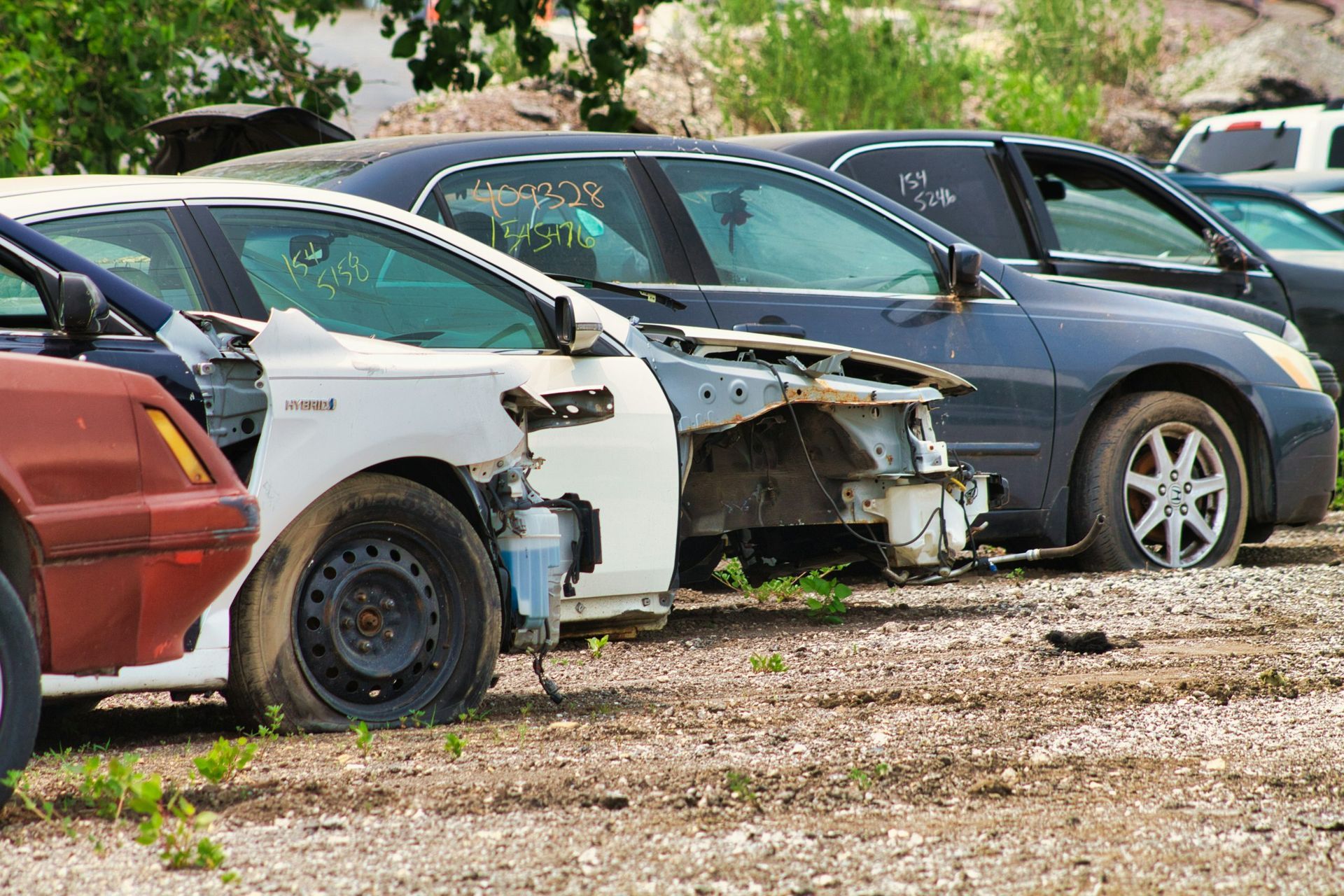
Minor damage may appear harmless, but it can be more than just a superficial issue. Sometimes, what seems like a small scratch might conceal something more concerning underneath. On the other hand, severe damage goes beyond appearances and could affect the very core of your vehicle’s safety and performance.
- Minor Damage: Minor damage might entail scratches, dents, or paint damage that doesn’t seem to affect the vehicle’s structure or safety features—some might think they are purely cosmetic. However, these seemingly minor imperfections might indicate deeper issues. For instance, a dent from a collision on the car’s exterior may reveal an underlying issue with the frame alignment, which could jeopardize the vehicle’s structural integrity upon further impact. Even when seemingly minor, checking for hidden problems is crucial to ensuring the safety of both passengers and other road users. Investing time to thoroughly inspect even small dents or scratches can save you from potentially greater damage in the future, not to mention prevent harm to yourself and others.
- Severe Damage: On the other end of the spectrum is severe damage, which could involve frame misalignment, airbag deployment, or damage to essential parts that compromise the vehicle’s safety and functionality. Severe collision damage might cause significant changes to the vehicle’s structure, affecting its ability to keep occupants safe in the event of another accident. Not only that, but severe damage also poses risks to the vehicle’s overall performance and longevity. If your vehicle’s frame becomes misaligned due to a collision impact, it could lead to uneven tire wear and compromise handling and steering control, all of which can increase the likelihood of another accident.
Once again, proper assessment and repairs aren’t just about aesthetics or smooth functioning; they directly tie into your well-being on the road. Ignoring such damages may lead to costly repairs down the line or even put you at risk during subsequent drives. Therefore, even if they appear more serious at first glance, addressing severe damage promptly is crucial to maintaining both safety and reliability.
Navigating the Repair Process
When it comes to getting your vehicle back to its pre-collision condition, navigating the repair process can seem overwhelming. The key to a successful repair experience lies in understanding and actively participating in the process. Let’s break down the essential steps that will help you navigate the repair journey seamlessly.
Finding a Reputable Repair Facility
After an accident, finding a reliable collision repair facility is crucial. Look for one that has a good reputation, necessary certifications, and expertise to handle specific types of damage. Delving into online reviews and referrals from friends or family members can lead you to credible establishments. Look for certifications from industry organizations , indicating the shop’s commitment to quality and professionalism. Certifications are not just badges; they speak volumes about a repair facility’s dedication to staying updated with industry standards and best practices.
Additionally, inquire about the level of training their technicians undergo and whether they have the specialized equipment and technology needed to repair modern vehicles with advanced safety systems. Choosing the right repair facility is akin to selecting the right doctor. Trusting your vehicle to a reputable establishment ensures it receives the care and attention it deserves.
Understanding the Repair Plan
Once you’ve settled on a repair facility, engaging in a detailed conversation about the repair plan is imperative. A reputable auto body repair shop will explain the proposed repair plan, including the parts needed, the processes involved, and an estimated timeline for completion. Take this opportunity to ask questions and seek clarification on any aspects that seem unclear. This includes understanding whether genuine OEM (original equipment manufacturer) parts or aftermarket parts will be used in the repairs.
Understanding the details of the repair plan empowers you as a vehicle owner, allowing you to make informed decisions about how your vehicle will be restored. It ensures transparency and sets realistic expectations for both parties involved. This collaborative process ensures that both your needs and your vehicle’s needs are satisfactorily met.
Post-Repair Inspection
Just like undergoing a follow-up examination after medical treatment, inspecting your vehicle post-repair is essential. Carefully examine every aspect of the repairs made, ensuring that all damaged components have been addressed as per the initial assessment.
In essence, navigating the repair process involves making informed decisions about where and how your vehicle is repaired while actively participating in its restoration journey.
Costs Associated with Collision Repair
Collision damage can result in various costs, including those related to parts and labor. Parts and labor expenses are influenced by the extent of the damage, the make and model of the vehicle, and the rates charged by the repair facility. Your car’s make and model significantly impact repair costs. For instance, luxury cars often require specialized parts and expertise, resulting in higher repair expenses compared to standard vehicles. Additionally, the extent of the damage plays a crucial role. In cases of severe collisions, replacing multiple components and extensive repair work can substantially increase costs. It’s essential to consider these factors when estimating repair expenses.
The Impact of Labor Rates
Labor rates at repair facilities vary depending on their location, expertise, and reputation. For example, a high-end repair shop in a metropolitan area is likely to charge premium rates for repairs. Conversely, smaller shops or those located in rural areas may have lower labor charges. Additionally, repairing a damaged fender might cost significantly more at a high-end facility due to their specialization in luxury car repairs and higher overhead expenses.
Unforeseen Expenses
While initial assessments provide an overview of visible damage, hidden or internal damage may only surface during the repair process. These “hidden costs” can arise when unanticipated issues are discovered during disassembly and exploratory procedures. This unforeseen damage could require additional replacement parts or intensive labor hours, leading to increased expenses. To avoid surprises, it’s advisable to maintain open communication with your chosen repair facility throughout the process to stay informed about any additional repairs or costs that may arise due to unexpected damages.
Understanding these aspects of collision repair costs will empower you to evaluate estimates effectively and navigate insurance claims with confidence, while also ensuring that you’re prepared for any potential hidden expenses that might arise during the repair process.
Post-Collision: Repair or Replace?
After a collision, deciding whether to repair or replace damaged car parts can be challenging. You have to consider safety, performance, and how it might affect your wallet in the long run. Let’s break down how to approach this decision.
When assessing collision damage, it’s crucial to carefully evaluate the depth and extent of the damage. Consider how it might impact your vehicle’s safety, performance, and structural integrity. For instance, if the frame of your vehicle is damaged, that could significantly compromise its ability to keep you safe in future collisions.
If the level of damage doesn’t affect safety, performance, or structural integrity, repairing the damaged parts may be a feasible and cost-effective option. You can return your car to its pre-accident condition by using high-quality replacement parts and hiring qualified professionals to handle the repairs. However, if the damage is substantial and affects your vehicle’s core components necessary for safety and proper operation, moving towards replacement might be a safer route.
For severe damage that compromises safety or structural integrity, replacement might indeed be the safer and more cost-effective option over time. It ensures that compromised parts are completely swapped out for new ones that meet the required safety standards. When considering repair versus replacement, prioritize prompt assessments by experienced professionals who can provide comprehensive insights into these critical decisions. This will ultimately guide you toward making choices that facilitate a safe and efficient recovery for your vehicle.
Top-Notch Collision Repair Services in Providence, RI
Are you tired of worrying about the condition of your car after an accident? Look no further than Ken Rocha Collision , the ultimate destination for top-notch collision repair services in Providence, RI. Whether it’s ding and dent damage, fender damage, or structural damage, our team of expert technicians is dedicated to providing you with the best collision repair. With years of experience and a commitment to excellence, we pride ourselves on delivering exceptional results every time. Don’t let a collision ruin your day; trust Ken Rocha Collision to get you back on the road safely and swiftly. Contact us today to experience the difference firsthand!
The post From Fender Benders to Total Loss: Different Levels of Collision Damage appeared first on Ken Rocha Collision.

